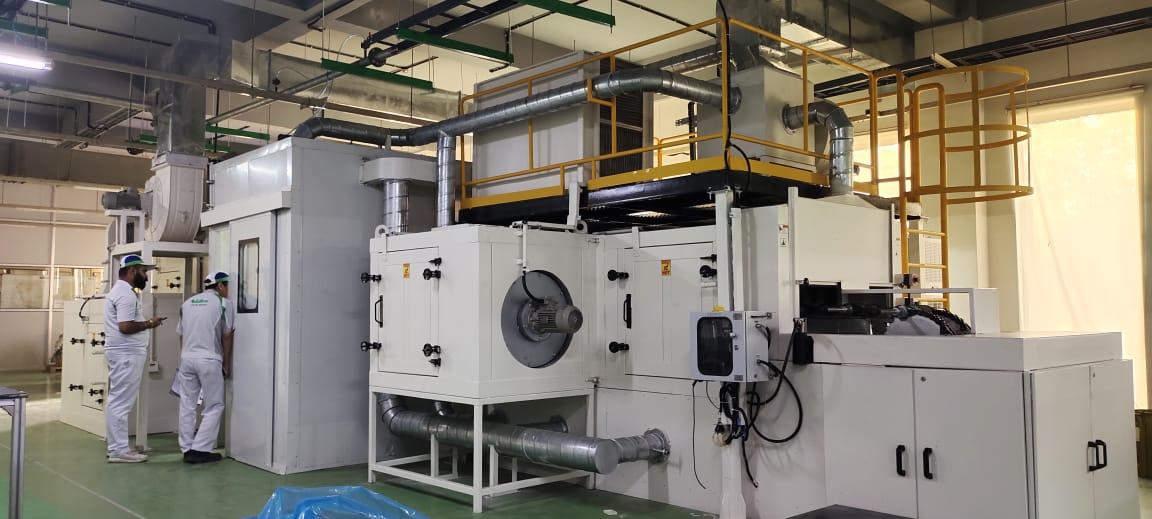A varnish coating machine is used to apply a protective varnish coating to motor stators. This coating helps protect the stator windings and components from environmental factors such as moisture, dust, and other contaminants. The varnish also provides electrical insulation, which is crucial for the proper functioning and longevity of electric motors. Here are some key aspects and components of a varnish coating machine for motor stators:
- Dip Tank: This is where the stator is immersed in the varnish. The stator is usually suspended from a conveyor system or fixtures to ensure even coating.
- Varnish Reservoir: It holds the varnish, which is typically an epoxy or polyester resin. The varnish should be of the right consistency and temperature to ensure proper application.
- Conveyor System: To move the stators in and out of the varnish tank. The conveyor speed and immersion time are usually adjustable to control the thickness of the varnish coating.
- Drying and Curing Oven: After the stator is removed from the varnish tank, it is conveyed through an oven to dry and cure the varnish. This step is critical to ensure the varnish adheres properly and forms a protective coating.
- Filtration System: To maintain the quality of the varnish and remove any contaminants.
- Control System: It includes various sensors and controllers to manage the speed of the conveyor, temperature, and viscosity of the varnish, and the curing process. These systems are essential for maintaining consistent quality and thickness of the varnish coating.
- Safety Features: Since varnish coating machines use potentially hazardous chemicals, they should have safety features like fume extraction, emergency shut-offs, and safety interlocks.
- Maintenance and Cleaning System: Regular maintenance and cleaning are important to keep the machine in good working condition.
When using a varnish coating machine for motor stators, it’s crucial to follow safety guidelines and best practices to ensure that the coating is applied uniformly and that the stators meet the required quality standards. Additionally, specific varnish types and application methods may vary depending on the motor’s design and purpose. Therefore, it’s important to consult the manufacturer’s guidelines and specifications for the motor stators you are coating.

